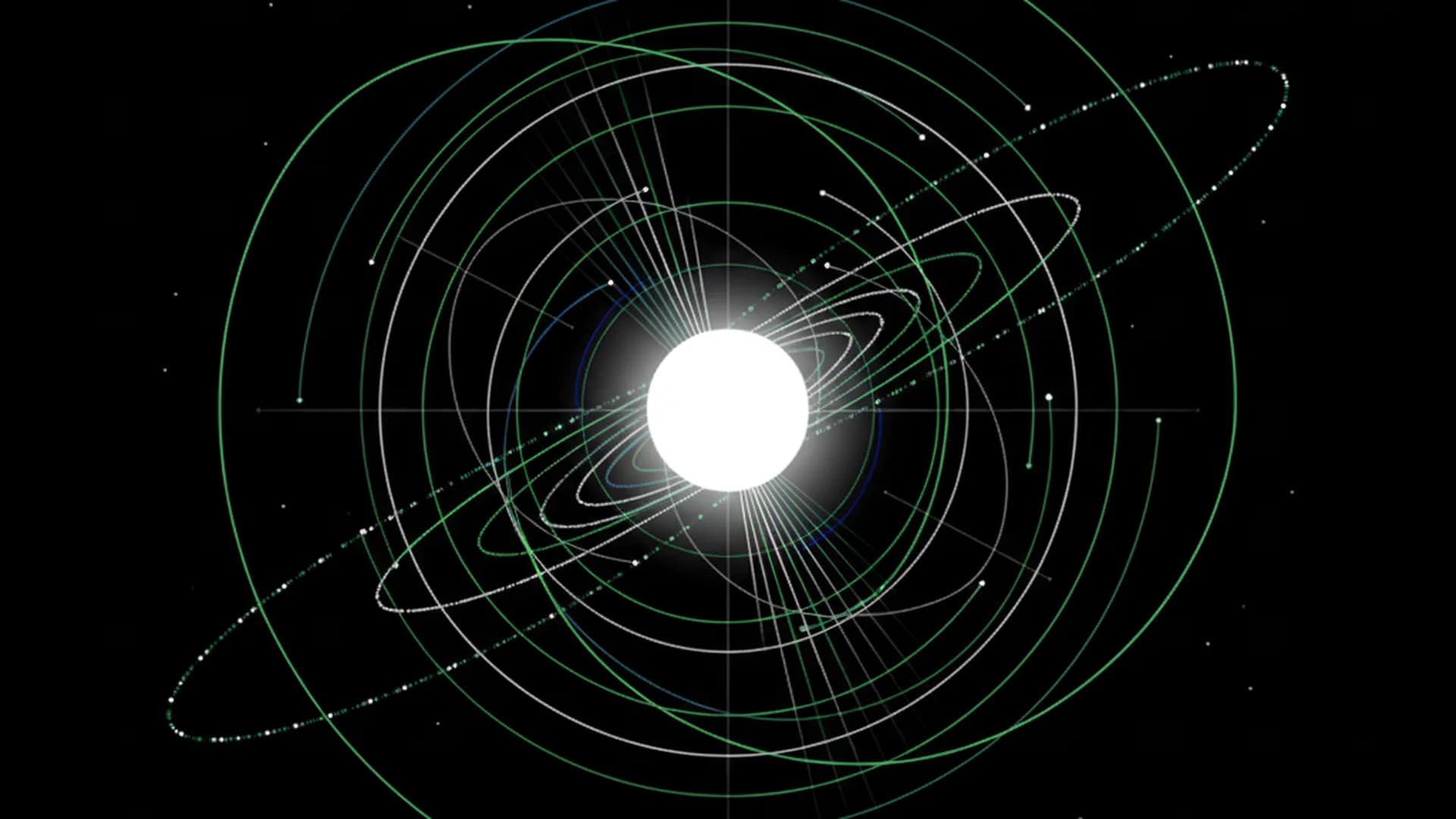Light-Powered Memory Chips Pave the Way for Energy-Efficient AI
Source PublicationNanoscale Horizons
Primary AuthorsTsai, Jhan, Wu et al.

As artificial intelligence systems become more powerful, they demand computer memory that is both faster and more energy-efficient. Scientists have now unveiled an innovative photomemory device that directly addresses this challenge, using light to store information with exceptional precision.
The device features a clever sandwich-like structure. At its heart are perovskite quantum dots (PQDs), tiny crystals that act as a light-sensitive 'floating gate' to trap electrical charge. This is separated from a two-dimensional current channel by an ultra-thin insulating layer. The team discovered that the thickness of this insulating barrier is paramount to the device's performance.
By optimising this layer to just 5.5 nanometres, they achieved precise control over how charge moves when struck by light. This allows the device to store information using a minuscule amount of optical energy. It exhibits a highly predictable, linear behaviour and can store data at multiple levels, paving the way for more sophisticated, low-energy memory in next-generation AI chips.